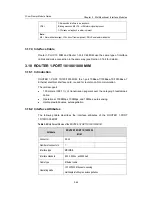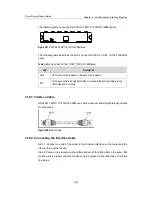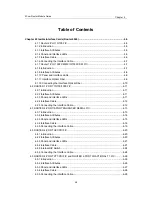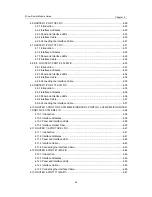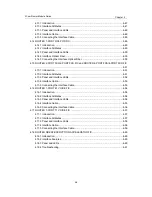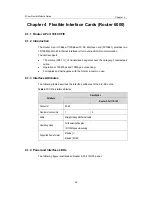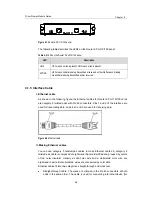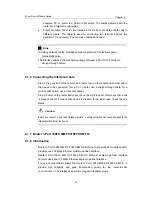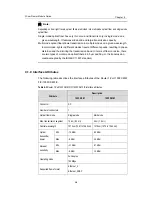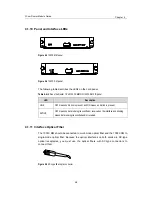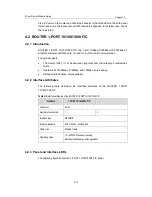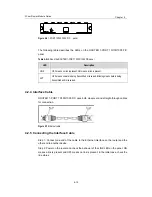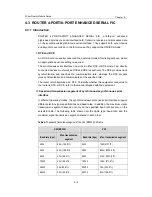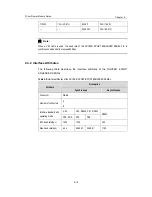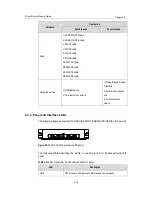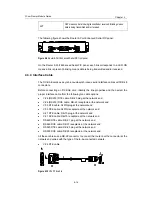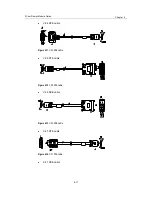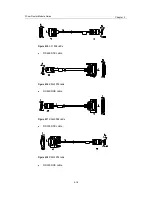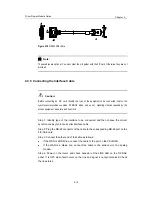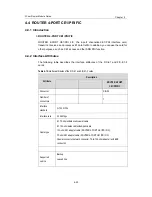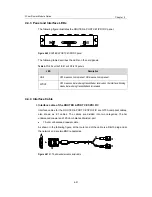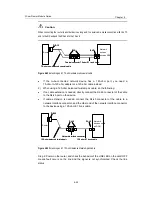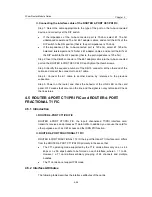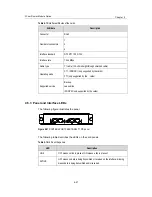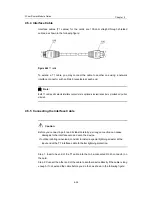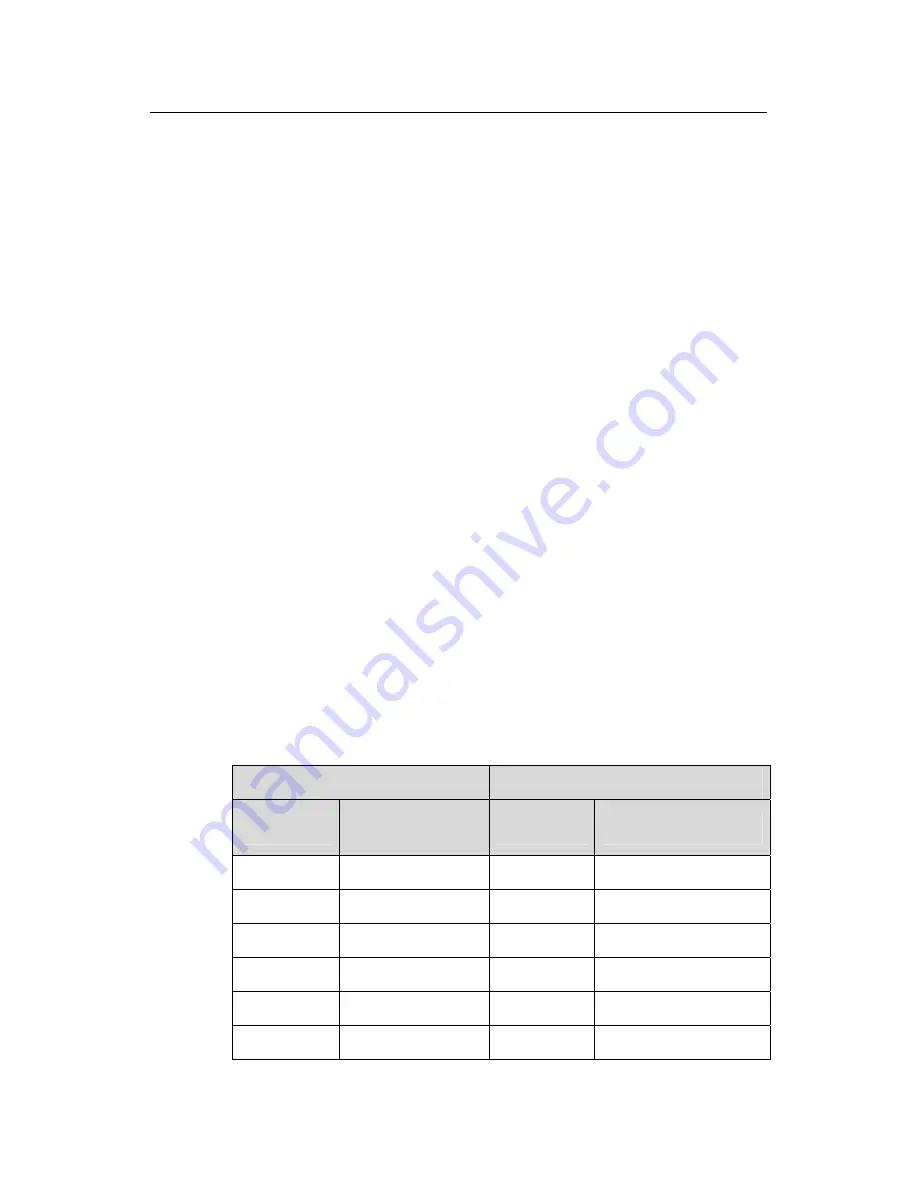
3Com Router Module Guide
Chapter 4
4-13
4.3 ROUTER 4-PORT/8-PORT ENHANCED SERIAL FIC
4.3.1 Introduction
ROUTER 4-PORT/8-PORT ENHANCED SERIAL FIC, 2-/4-/8-port enhanced
high-speed sync/async serial interface card, transmits, receives, and processes data
on the synchronous/asynchronous serial interface. They support both synchronous
and asynchronous modes. In the former case, they support the DTE/DCE mode.
I. DTE and DCE
An FIC-SA card is usually connected to an external modem for dialing purpose, where
an appropriate baud rate setting is required.
The synchronous serial interface can work in either DTE or DCE mode. Two directly
connected devices must work as DTE and DCE respectively. The DCE provides clock
synchronization and specifies the communication rate, whereas the DTE accepts
clock synchronization and communicates at the specified rate.
The router normally works as a DTE. To identify whether the equipment connected to
the router is DTE or DCE, refer to the manual shipped with the equipment.
II. Speed and transmission segment of synchronous/asynchronous serial
interface
In different operating modes, the synchronous/asynchronous serial interface supports
different electric signal specifications and baud rates. In addition, the maximum signal
transmission segment depends not only on the specified baud rate but also on the
selected cable. The following table shows how the cable type, baud rate, and the
maximum signal transmission segment related to each other.
Table 4-7
Speed and transmission segment of the V.24 (RS232)
/
V.35 cable
V.24 (RS232)
V.35
Baud rate (bps)
Max. transmission
segment
Baud rate (bps)
Max. transmission segment
2400
60 m (196.9 ft.)
2400
1250 (4101 ft.)
4800
60 m (196.9 ft)
4800
625 m (2050.5 ft.)
9600
30 m (98.4 ft.)
9600
312 m (1023.6 ft.)
19200
30 m (98.4 ft)
19200
156 m (511.8 ft.)
38400
20 m 65.6 ft.)
38400
78 m (255.9 ft.)
64000
20 m (65.6 ft)
56000
60 m (196.9 ft.)

